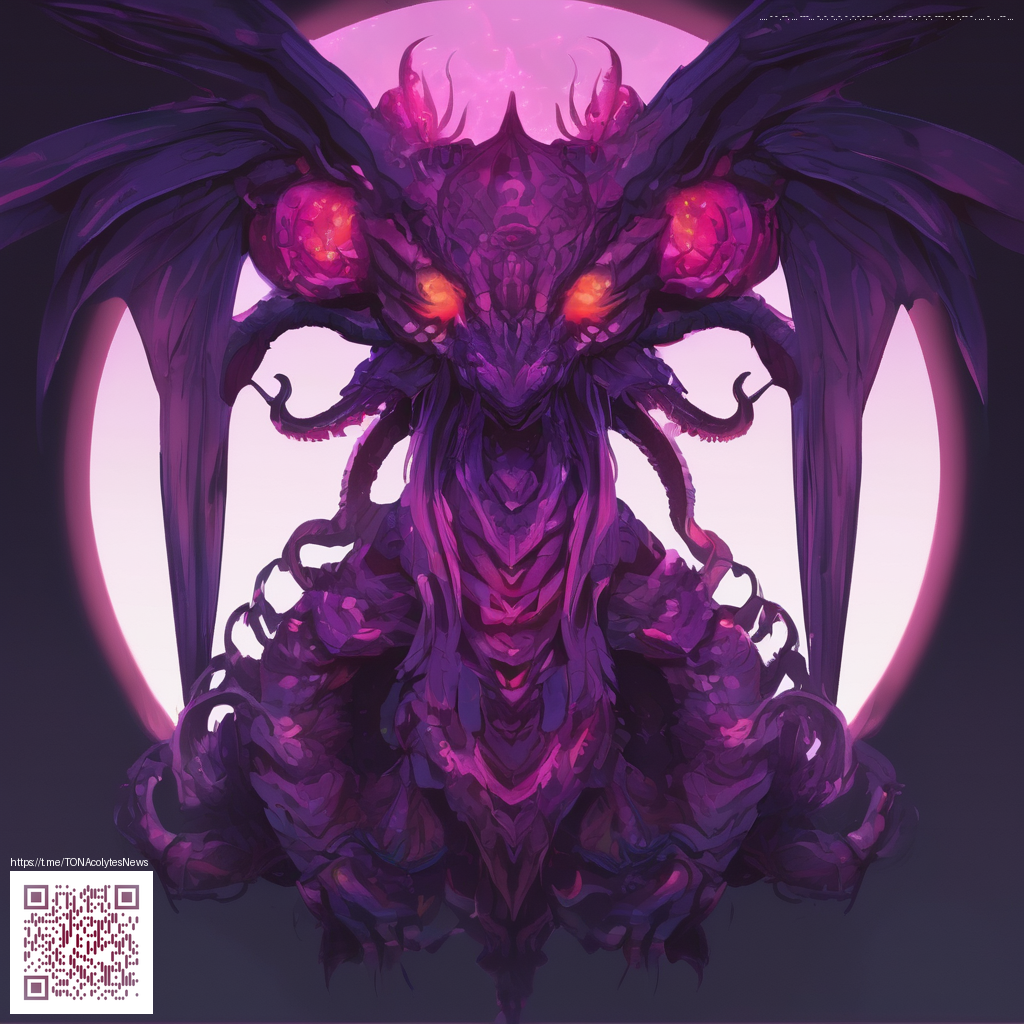
In today’s fast-evolving design landscape, AI-powered tools are not just a tech trend—they’re a practical partner for smarter creativity. Designers, product teams, and brand studios are discovering that intelligent systems can accelerate ideation, enhance consistency, and unlock new styles without sacrificing the human touch. The result isn’t a race toward automation fatigue; it’s a collaborative workflow where machines handle repetitive tasks while people steer vision, empathy, and storytelling. 💡🤖🎨
Why AI is a Natural Partner for Designers
Artificial intelligence excels at pattern recognition, data-driven insights, and rapid iteration. When used responsibly, it complements human judgment by surfacing options you might not have considered and by simulating outcomes before a single line of code is written. This partnership matters most in areas like layout exploration, color harmonies, typography pairings, and accessibility testing. Instead of guessing what resonates, teams can experiment at scale and learn from the results in near real time. 🚀
“AI should amplify human creativity, not replace it.” A well-tuned AI design tool acts as a diligent teammate, presenting ideas, validating choices, and letting designers apply judgment with greater confidence. 👥✨”
Key capabilities to look for in AI design tools
- Generative design and prompts: automatic variations that you can curate and refine. 🎯
- Style transfer and consistency: apply a brand’s voice across layouts while preserving core aesthetics. 🎨
- Real-time feedback: instant validation on contrast, spacing, and accessibility. 🧭
- Asset orchestration: manage typography, imagery, and components in one cohesive workspace. 🧩
- Collaboration and versioning: teams can iterate together with traceable changes. 🤝
- Ethical guardrails: data provenance, licensing clarity, and responsible prompt controls. 🔒
Practical Workflow: From Concept to Creative Output
Imagine a typical design sprint where AI handles the heavy lift of exploration while humans provide the direction. You start with a brief, feed it into an AI design tool, and instantly receive a spectrum of options—smart grids, typographic systems, and color palettes that align with your brand. You then curate, critique, and combine ideas into a polished concept. This approach dramatically reduces the back-and-forth that used to bog down timelines, enabling teams to move from rough sketches to presentable concepts in hours rather than days. 💫
In practice, a balanced workflow might look like this:
- Ideation: generate multiple visual directions from a crisp brief. 💭
- Selection: quickly shortlist options based on accessibility, readability, and brand fit. 🧭
- Refinement: iterate with human feedback, tweaking typography, spacing, and imagery. 🛠️
- Delivery: export assets with consistent tokens for use in a design system. 🚚
Branding and tactile assets: aligning online outputs with real-world presence
Brand identity thrives when digital design aligns with physical cues. Consider how teams curate ambient workspace visuals, packaging, and desk tools to reinforce a brand story. For example, a neon accent can echo a bold digital aesthetic across screens and office surfaces. In this vein, a product like the neon custom mouse pad rectangular desk mat 9.3x7.8 non-slip can serve as a tangible extension of a brand’s visual language, providing a cohesive experience from keyboard to canvas. If you’re curious about this kind of branding alignment, you can explore the product details here: neon custom mouse pad rectangular desk mat 9.3x7.8 non-slip. 🖱️✨
Safety, Ethics, and Creative Ownership
With great capability comes great responsibility. It’s essential to establish clear guidelines for how AI tools are trained, how outputs are licensed, and how authorship is attributed. Designers should insist on transparent data provenance, the ability to audit prompts and results, and explicit licensing terms for generated assets. Ethical considerations aren’t a barrier; they’re a compass that helps teams avoid legal pitfalls and maintain trust with clients. When you combine responsible use with human oversight, AI becomes a dependable accelerator rather than a risky shortcut. 🛡️🧭
Choosing the right tool for your studio
- Assess integration with your existing design stack and workflow—does it play well with your preferred tools? 🔗
- Prioritize accessibility and inclusivity in outputs to ensure designs communicate clearly to diverse audiences. ♿
- Look for control and customization—the ability to tune prompts, constraints, and style guides. 🧰
- Evaluate collaboration features—commenting, version history, and shared workspaces expedite teamwork. 👥
- Confirm pricing and licensing align with project scope and long-term needs. 💡
Adopting AI design tools isn’t about replacing designers—it’s about amplifying human insight. When teams blend machine speed with human empathy, the creative process becomes more resilient and adaptable. The best workflows anticipate revision, celebrate curiosity, and invite experimentation. After all, even the most sophisticated AI thrives when grounded in a thoughtful brief and a clear sense of brand purpose. 🚀🌈
Similar Content
Explore more on this topic at the following page: https://topaz-images.zero-static.xyz/1eef6113.html